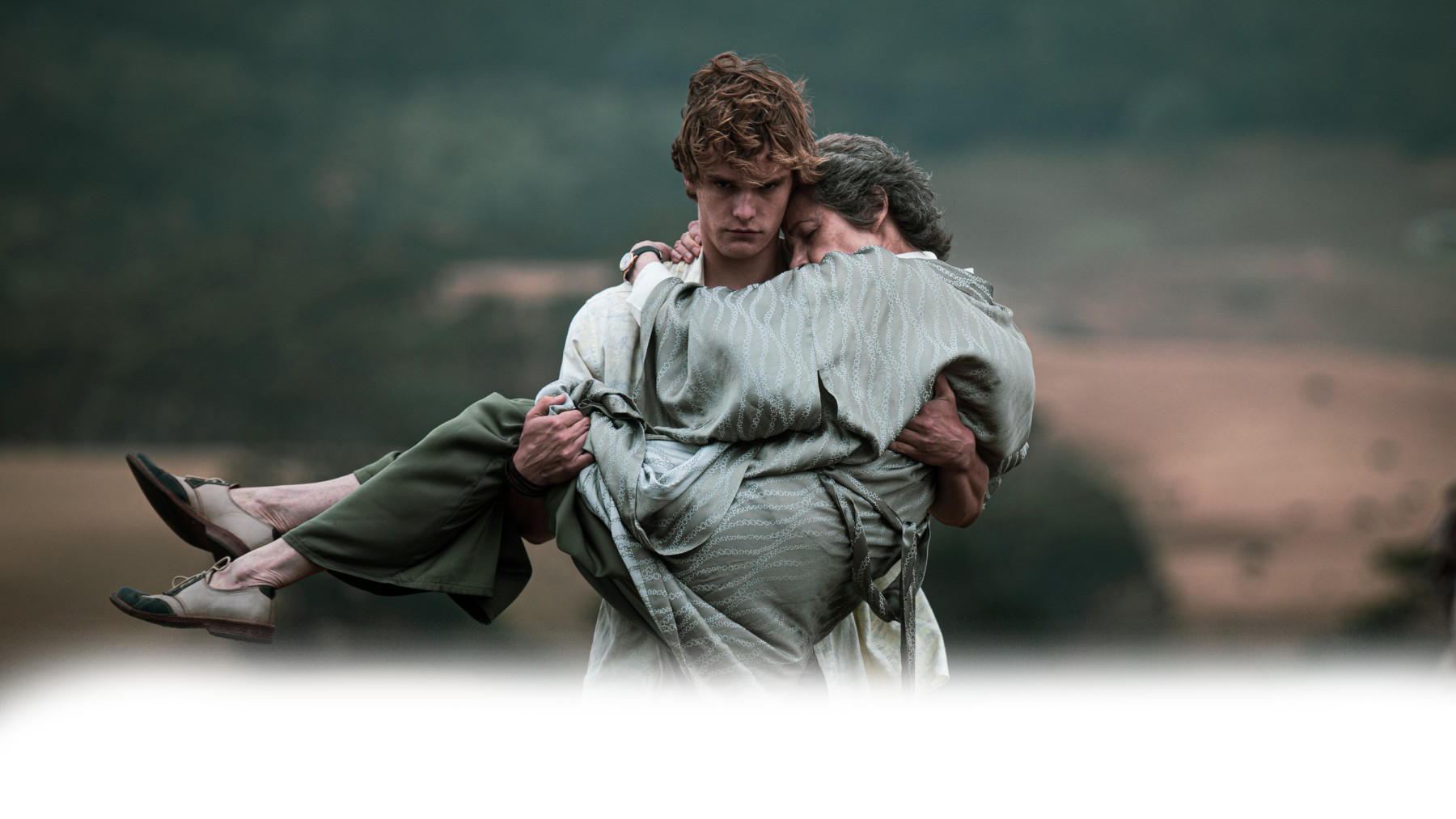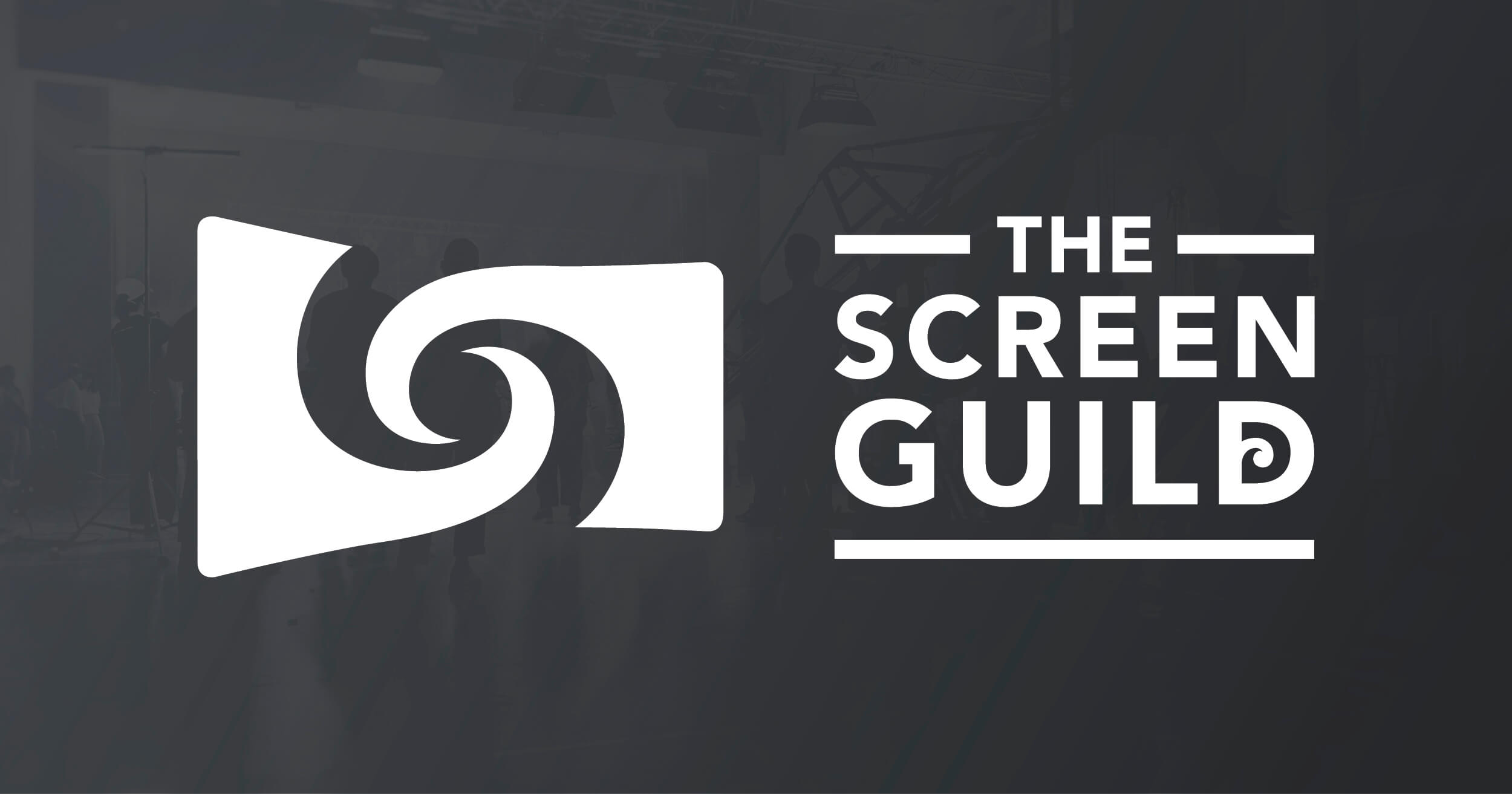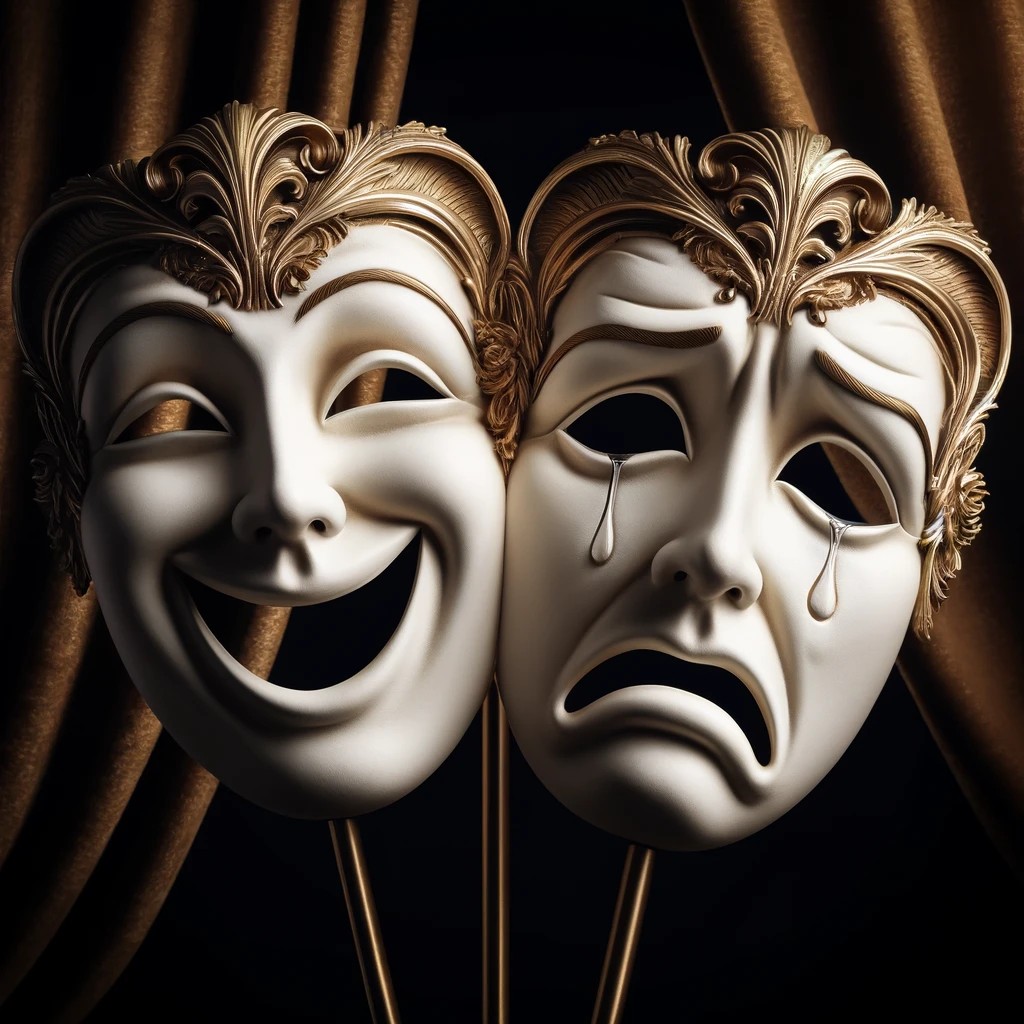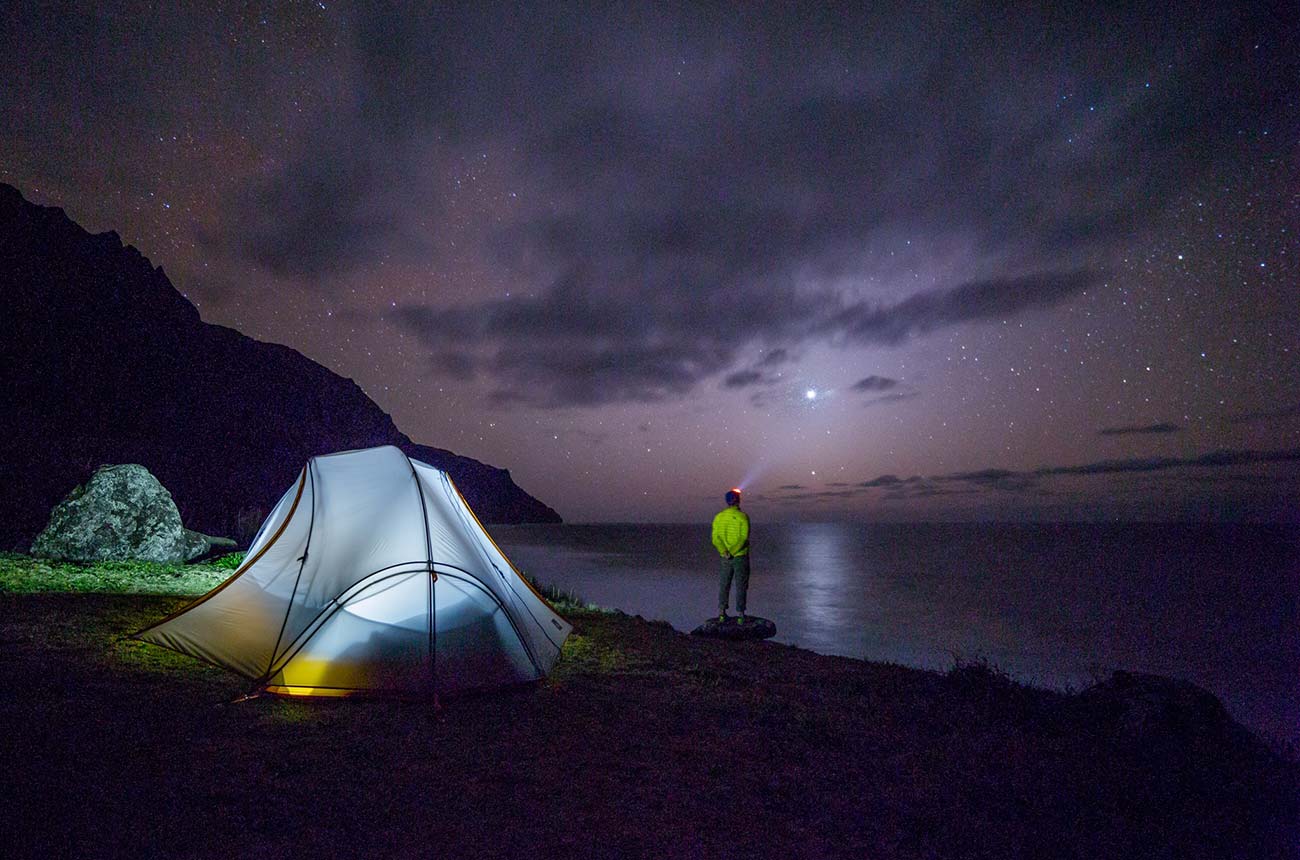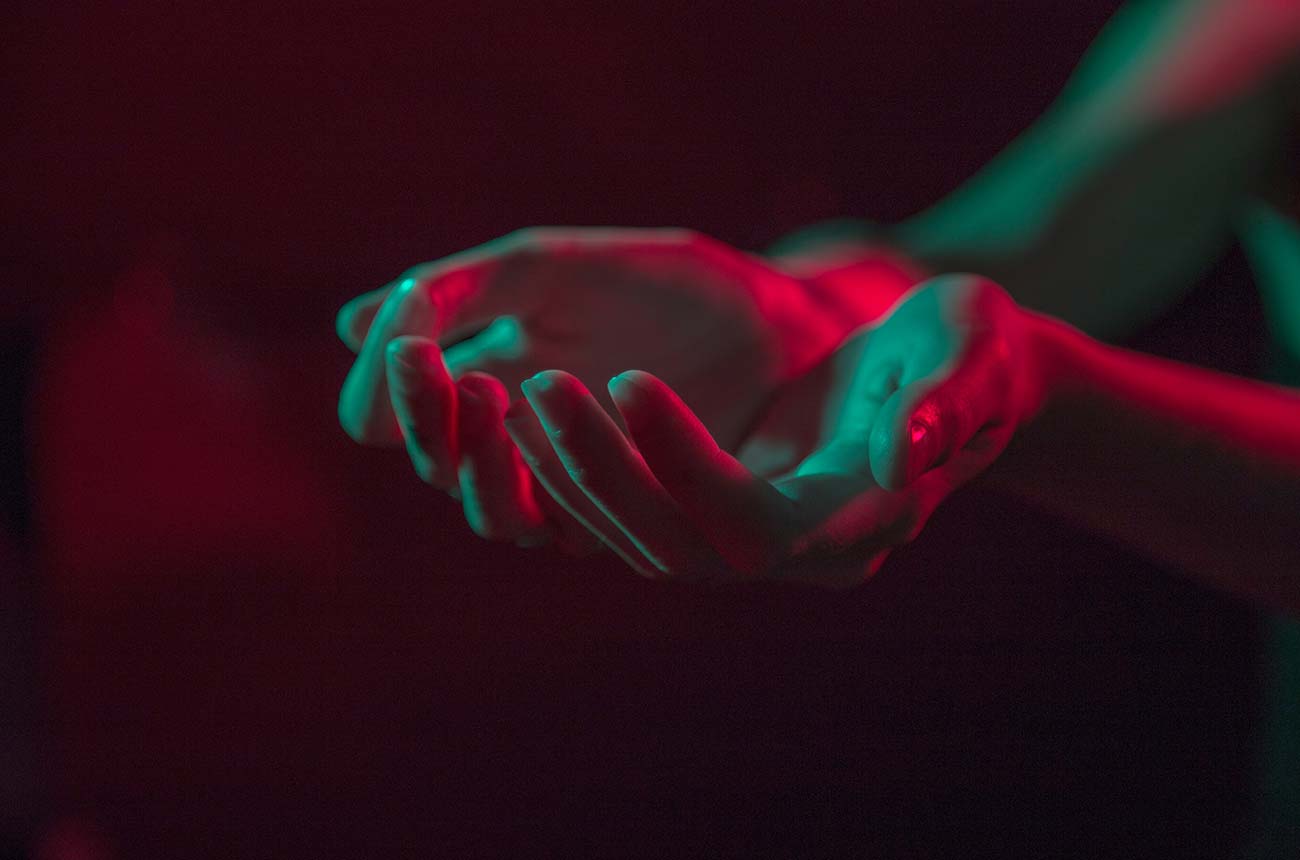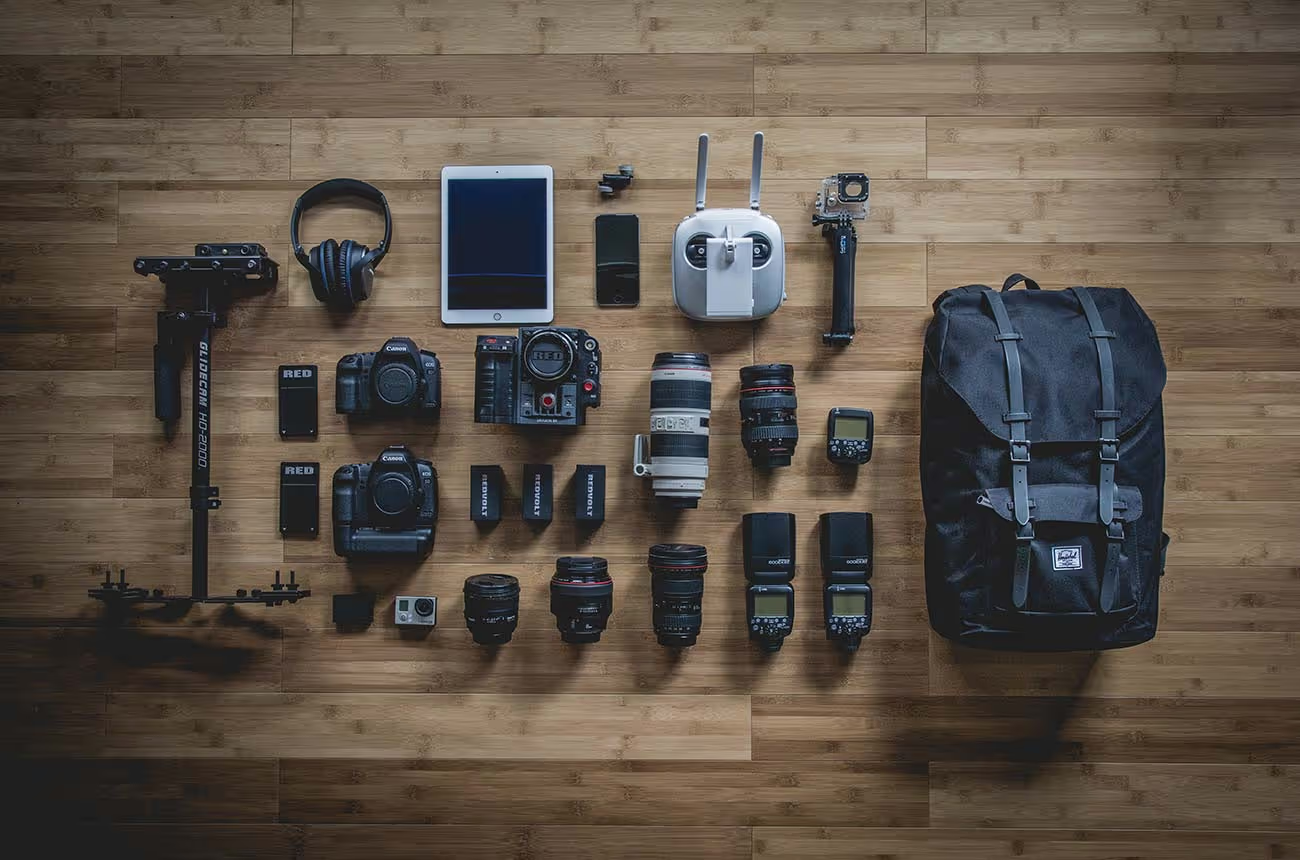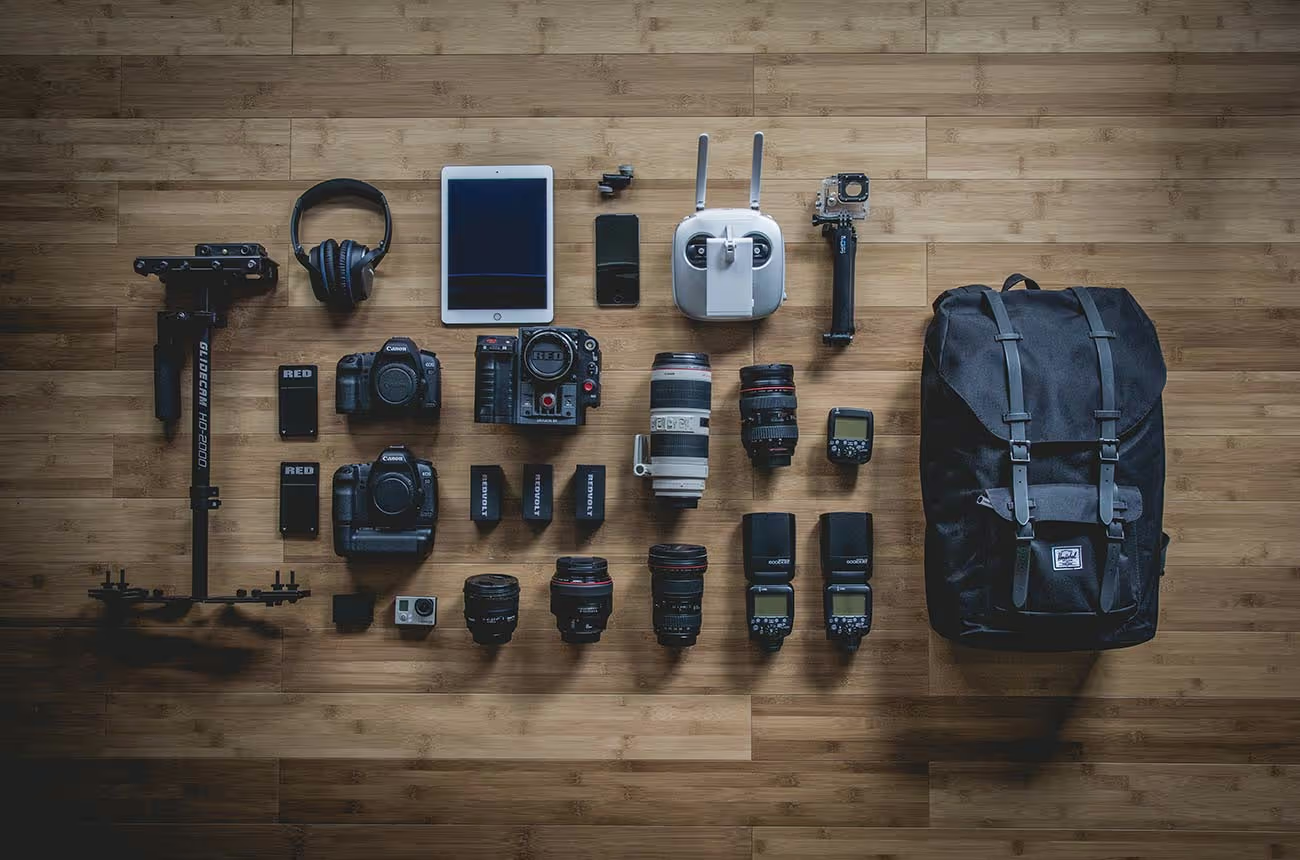
Gender on Filmmaking Agenda
Just five years ago Kathryn Bigelow became the first woman to win an Academy Award for best director. While there is no denying the caliber of her work on the film_ The Hurt Locker_, the notoriety of this feat arguably outshone her personal achievement. When it comes to the statistics on film industry gender imbalances, New Zealand might fare better than some countries but unfortunately not by much. By Jan Sisley.
Just 3% of all cinematographers from the 250 top-grossing US films over the last five years were women. In NZ the figure isn’t much better, at 9% women cinematographers for the 31 feature films supported by the New Zealand Film Commission (NZFC) for the same period.
International film industry statistics showing significant gender inequality, especially in key creative roles, have increased the focus on gender in the NZ film industry. There seems to be no quick fix to the issue, but the good news is industry discussion has started. Women in Film and Television (WIFT) New Zealand and the Directors and Editors Guild of New Zealand (DEGNZ) hosted a discussion about industry gender imbalance. Talk centred on the underrepresentation of women as directors and editors, but the issues are equally relevant for women technicians working across the industry as grips, ADs, costume designers, cinematographers, producers, soundies and so on.
A quick look at gender inequality in the NZ film industry, its contributing factors and what can be done to address inequalities comes with the realisation that this issue is large and complex. Statistics New Zealand’s figures show women represent 44% of all screen industry workers for the 2012 financial year. On the surface this isn’t bad. It is a figure that has held steady, only falling 1% from 45% in 2005, and is only slightly behind the total labour force of around 47% female. However, in breaking this number down, the stats highlight divisions in the roles women take in the industry. Significantly more women are employed in distribution or exhibition, with more men working in the contracting and producing sectors of the industry.
In completed dramatic feature films supported by the NZFC, for the years 2005 to 2014, women made up only 26% of selected key crew members. Note these 49 films are just a sample and figures were taken from NZFC records. Only three of the 49 had a credited female gaffer and only four women were credited as visual or special effects supervisors. Camera and electrical, and the sound departments, along with visual and special effects consistently employ the fewest women, especially in senior roles. Only make-up, casting and costume have a majority of women with very few men moving into the female dominated make-up and costume departments. NZ figures reflect the gender gap of the international reports and there is no sign of it closing. As in other countries, clear divisions exist in the jobs that women are getting.
Within membership numbers for the New Zealand Film and Video Technicians’ Guild (Techos’ Guild), women are reflected similarly to the NZFC figures. Both overall and in terms of what roles are represented. Just two of the 12 on the Techos’ Guild’s executive committee are women (about 17%). And 25% of elected officers and executive board are women, just a little higher than the total female members of the Guild, currently about 22% female.
For the past ten years, gender crew splits on narrative feature film made with NZFC funding, women feature in roles as follows. Directors 16%, writers 21% men, executive producers 22%, producers 36%, editors 16%, cinematographers 7%, production designers 18%, composers 19%, sound designers 0%, supervising sound editor 8%, sound recordist 2%, gaffer 3%, key grip 3%, 1st AD, 33%, SPFX supervisor 0%, VFX 8%, casting 73%, costume 80%, make-up 100%.
Division in which crew roles are occupied by men and women is perhaps a bigger problem than that of just the percentage of women to men in the industry as a whole.
It is hard to know why such divisions exist. Do women crew members simply choose certain roles over others or is it due to gender biased hiring practices? One reason could be that some of the jobs are physically demanding and there is a perception that women don’t have the physicality to carry out the work required. Another could be enduring conventions of which jobs are seen as ‘male’ and which are seen as ‘female’. Any of the variety of reasons are correct depending on the situation.
Of course, there are established and emerging female filmmakers and technicians who buck the trend but the overall problem isn’t showing any sign of correcting itself. And it is a problem for reasons that are as many and varied as why it happens. These include female crew members finding it harder to get hired, the number of female crew available for work is much smaller than it could be meaning a smaller pool to employ from.
Ways to encourage more women to move into the technical departments should be looked at. The writer, director and producer have the biggest influence on any production, closely followed by leads in the various technical departments, the DOP and so on. What, if any, is the role or responsibility of women producers (who are relatively well represented) and directors in increasing the participation of other less represented crew? These women producers serve as role models for aspiring filmmakers and crew, and are responsible to a greater or lesser extent for hiring the crew they work with.
In an effort to address gender disparity South Pacific Pictures chief executive Kelly Martin announced late last year that the company would implement a 50% ratio of women to men in its trainee programme. A significant step for a major production company to take and it will be interesting to see what changes or benefits come from it and whether others will follow suit. Talent must be nurtured and supported regardless of gender and a more organic approach could be just employing more women in entry level positions and then encouraging them to gain experience, hone their skills and move into roles, whether these are traditionally occupied by men or not.
Martin comments below.
“For me it’s a no brainer. Women make up half the population. If we want to have programmes on the telly that appeal to all we need to be representing both genders in the creation of those programmes. It’s important to have women’s voices and men’s voices involved in the interpretation and execution of projects within the film and television industry so we get rich and balanced content for everyone to enjoy!”
DEGNZ and WIFT will continue to work with the NZFC and NZ On Air, to look at ways to address issues around gender equity.
It was announced last year that each member of the Screen Advisory Board would follow their particular interests. Jane Campion’s interest lies in gender equality and she confirmed in January that one of her goals was to encourage more women to become filmmakers. Campion said the reasons for fewer women in the film industry are complex, and the fact that so few films directed in NZ have been made by women is “kind of completely disgusting and teethclenchingly irritating”. She acknowledged it’s a worldwide problem, but in doing so challenged NZ to take the lead in promoting gender equality in the film industry. “Let’s be the first, let’s really say this is enough, this is really enough. It’s just not equal.
By shedding some light on gender inequality in film, we hope to start a discussion about what can be done to address these issues. Many present at the WIFT/DEGNZ event expressed support for affirmative action to address this imbalance, whether it be by way of a women’s film fund or in some other form. But even the discussions panelists of Cushla Dillon (editor), Gaylene Preston (writer, director, and producer), Annie Goldson (documentary filmmaker and academic) and Jackie van Beek (actor, writer and director), along with the moderator Kim Hill (broadcaster), had varying views on how the situation had arisen and what could be done about it.
Such a complex issue should encourage diverse viewpoints, new ideas and healthy debate about what strategies will best encourage and support gender equity in NZ filmmaking. Some are not fans of positive discrimination and yet others may feel there would be a benefit from some form of affirmative action. So that leaves the big question, what is your view?




